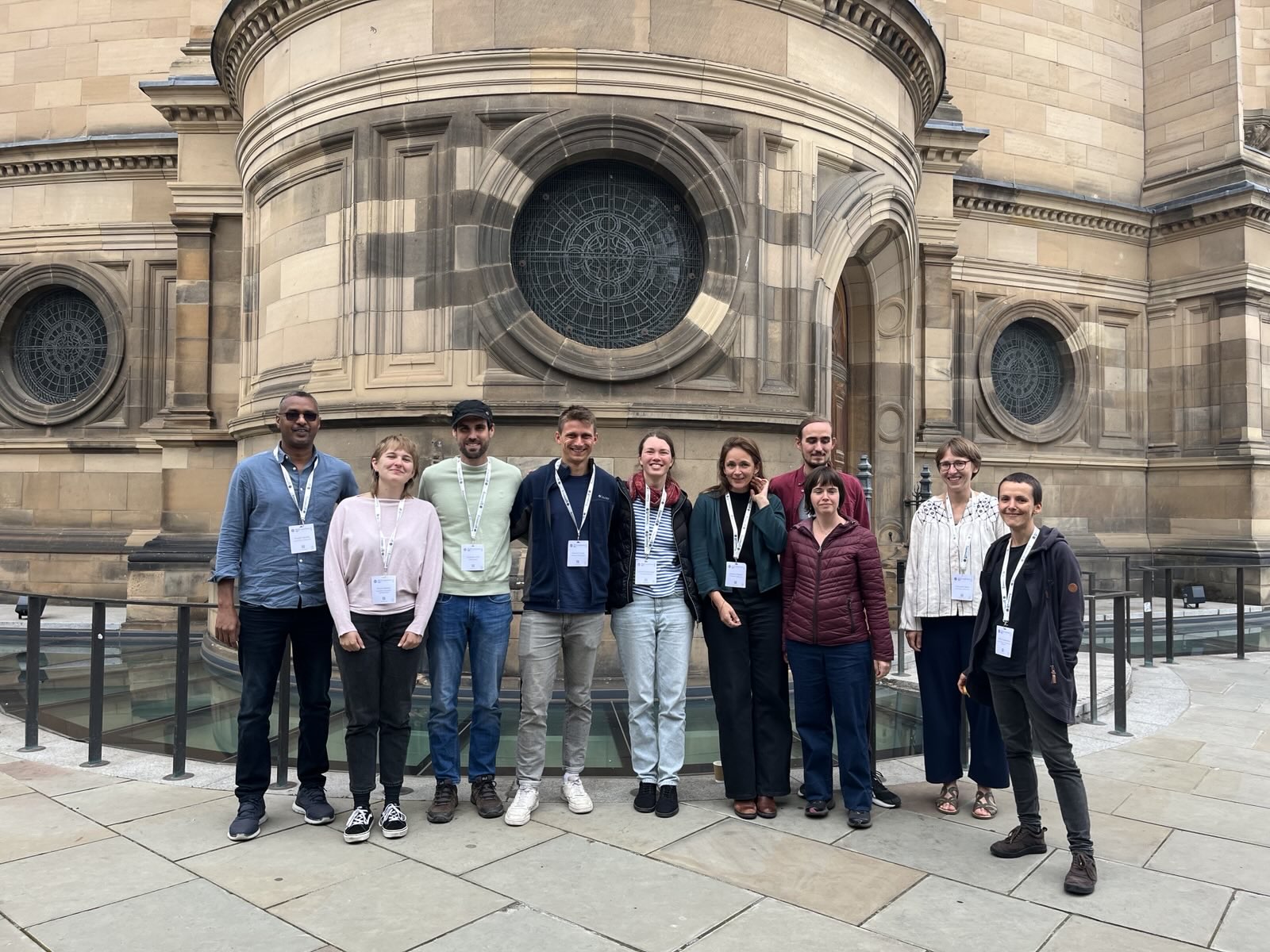News
Rhizosphere 6 – "Rooting for Earth" in Edinburgh
The international conference "Rhizosphere 6 – Rooting for Earth" took place in Edinburgh from June 16 to 19, 2025. It focused on the latest findings and developments in rhizosphere research and brought together numerous scientists from all over the world. Our working group was represented with a variety of exciting contributions, and we presented both oral and poster presentations on the complex interplay between roots, microorganisms, and soil.

Our contributions examined from different perspectives how plant roots influence biogeochemical processes in the rhizosphere, particularly with regard to the decomposition of soil organic matter, nutrient dynamics, and the role of mycorrhizal fungi in agricultural and forestry ecosystems – under drought stress, with varying soil properties, or in comparison of different cultivation systems.
Our presented contributions at a glance:
- Root effects on soil organic matter decomposition under drought and its consequences for dissolved inorganic and organic carbon leaching (Khatab Abdalla)
- Carbon allocation in the plant-soil-fungal system: real-time non-invasive 3D visualization and quantification with radioactive Carbon-11 (Myrthe Detiger)
- Perennial cup plant (Silphium perfoliatum L.) outperforms silage maize (Zea mays L.) in enhancing biomass production and reducing nitrate leaching (Anna Hollweg)
- Fungal necromass decay and nutrient release in forests with distinct mycorrhizal types (Valentin Kurbel)
- How tree species diversity and mycorrhizal association type influence soil organic matter formation and stabilization in temperate forests (Christina Marburger)
- Intercropping alters root exudation and hence phosphorus mobilization of the main crop maize - Carbon cost intensive root traits cause positive rhizosphere priming effects (Ulrike Schwerdtner)
- Variation in soil moisture among field-grown landraces and modern varieties of Zea mays L. drives shifts in root microbiome composition (Nicolas Tyborski)
- Soil texture and drought dynamics shape the rhizosphere economy of Zea mays L. landraces and hybrids (Andreas Wild)
- Carbon cost intensive root traits cause positive rhizosphere priming effects (Johanna Pausch)
We look forward to incorporating what we learned at the conference into our future work and are excited about further developments in this exciting field of research.

